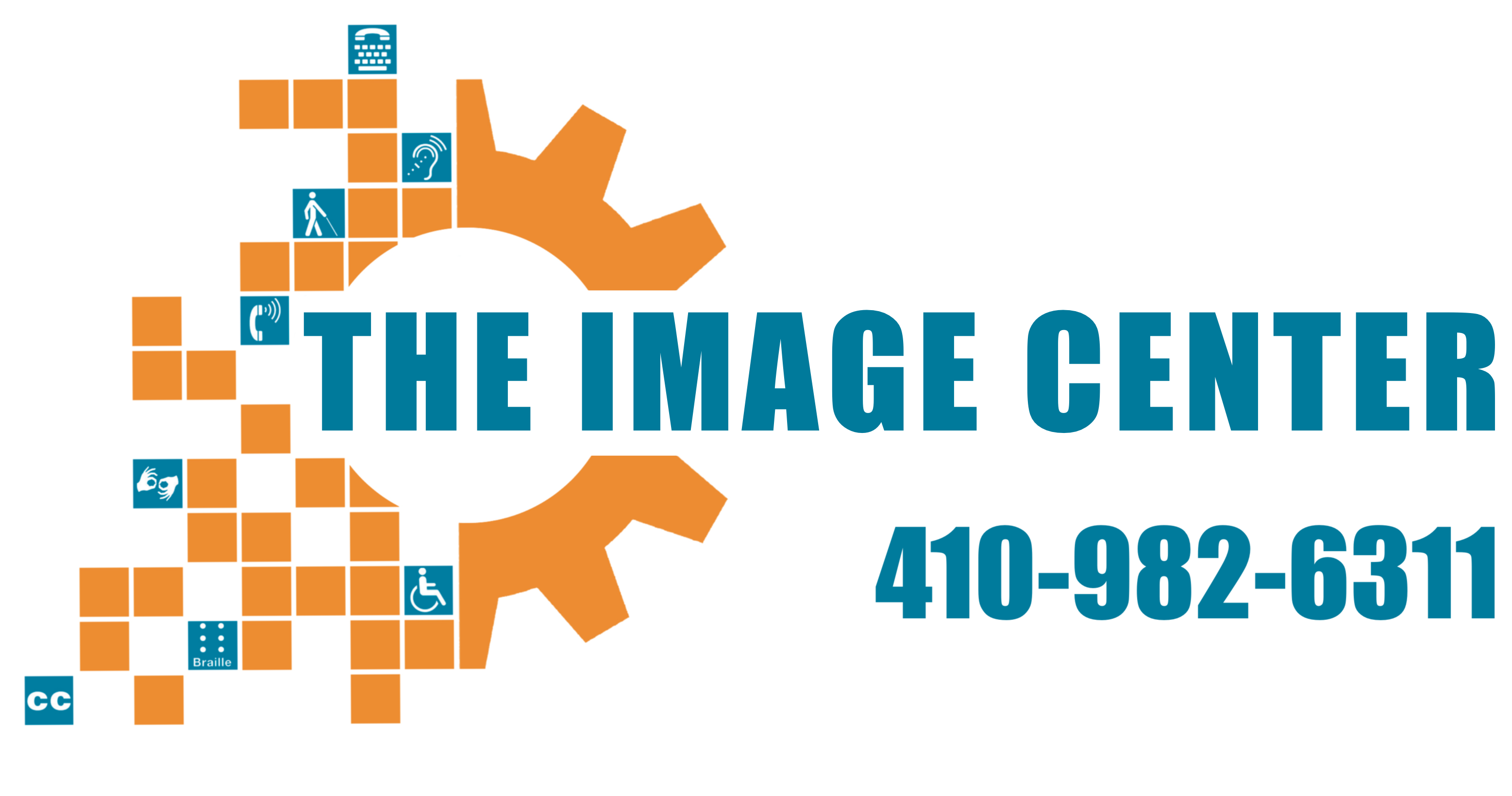Accessible curricular materials are needed for school success, but curricular materials include much, more than documents, slide presentations, and spreadsheets. Graphics, including graphs, pictures, maps, etc. represent a growing portion of materials teachers use to impart information and which they expect students to use to show mastery of academic concepts. Now, more than ever before, […]
Category: Series: Start Now, August 2021
Math is fun (it really is!), and having tools that are both accessible and powerful make it even MORE fun! For many years, blind/low vision students needed to use specialized calculators in order to fully participate with their peers in math and science classes. However, as technology increased by leaps and bounds, these specialized calculators […]
Summer is fabulous; it’s a great time to get out and about and enjoy freedom from the demands of learning with a laptop. However, time away from our laptops can cause our accessible software skills to get a little rusty. Here are some resources to help you brush off the dust and rust and jump […]
Start Now: Read below to learn how to request accommodations for the ACT® college admission exam. What Kinds of Accommodations May I Request? Students may request accommodations from the ACT to make the testing experience accessible to them. Examples of potential accommodation requests include braille tests, tactile graphics, the use of a scribe, accessible assistive […]
Start Now: Find out how to get started with requesting accommodations for College Board exams, including the PSAT®, SAT®, AP®, and CLEP®, and Accuplacer® What Kinds of Accommodations May I Request? Students may request accommodations from the College Board to make the testing experience accessible to them. Examples of potential accommodation requests include braille tests, […]
